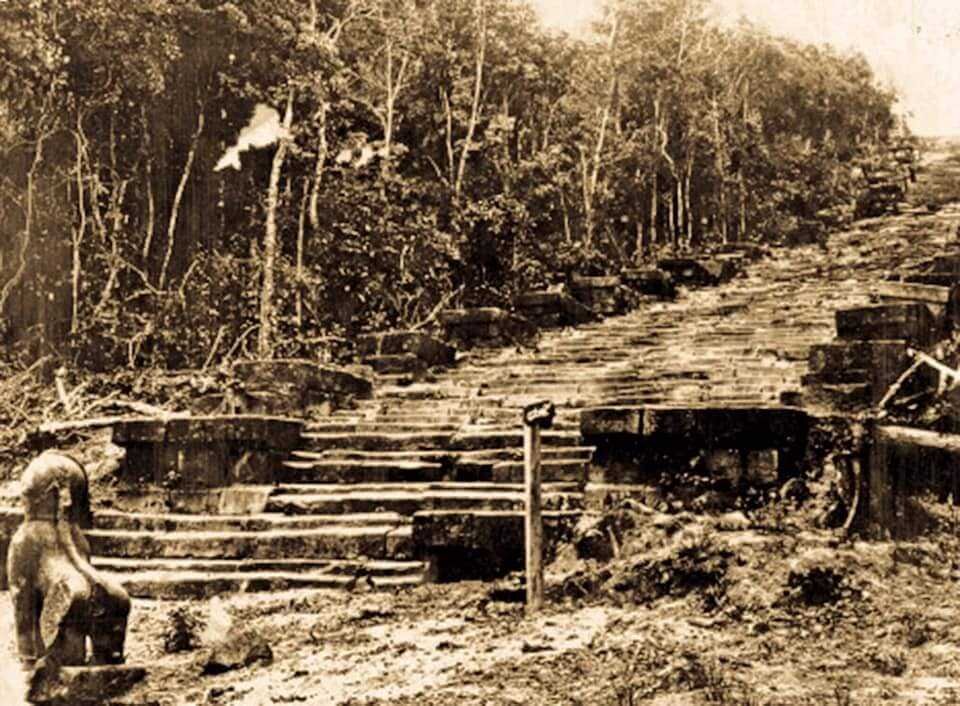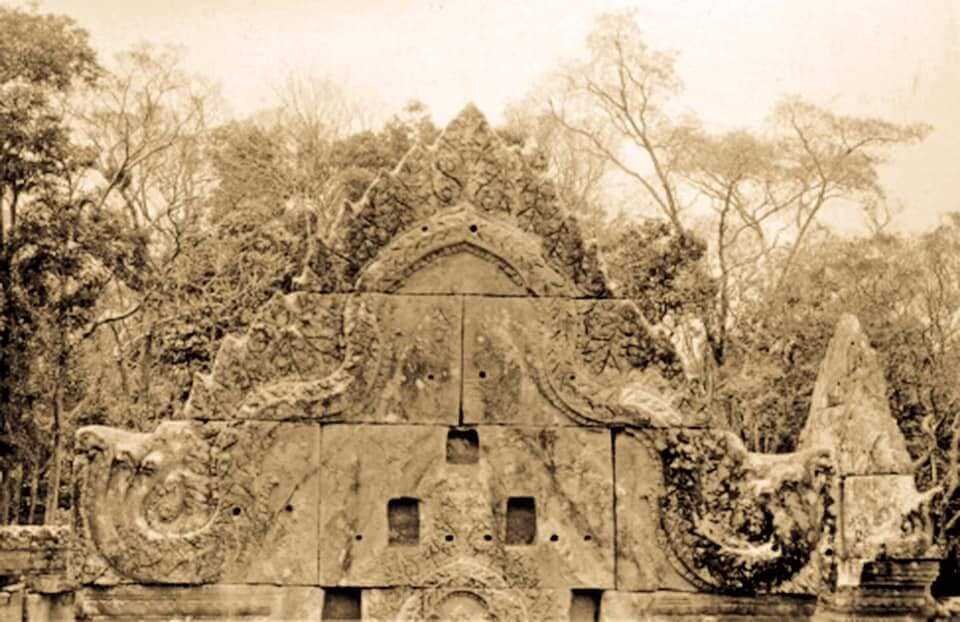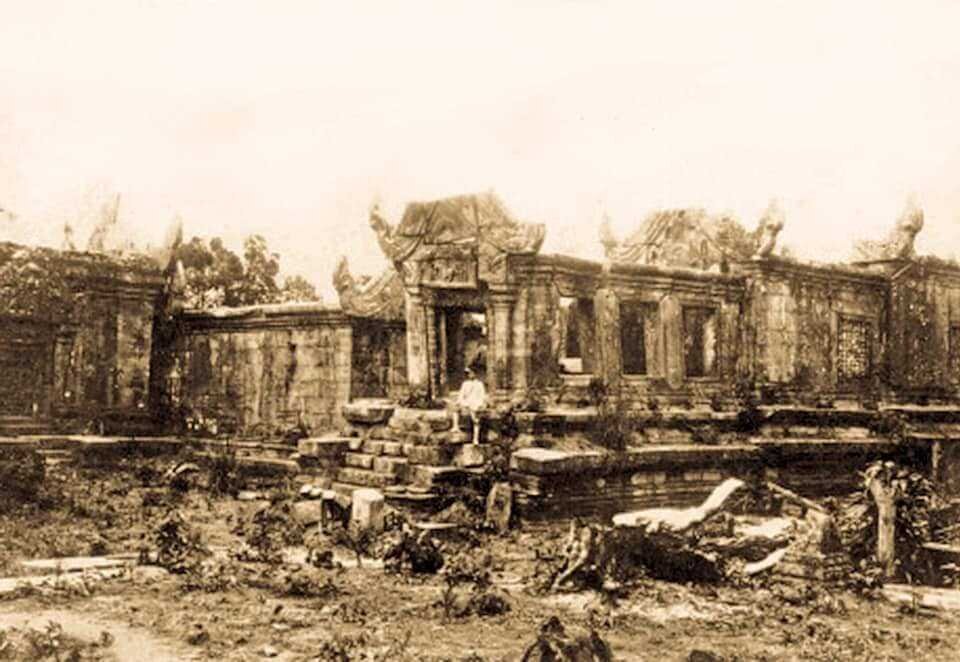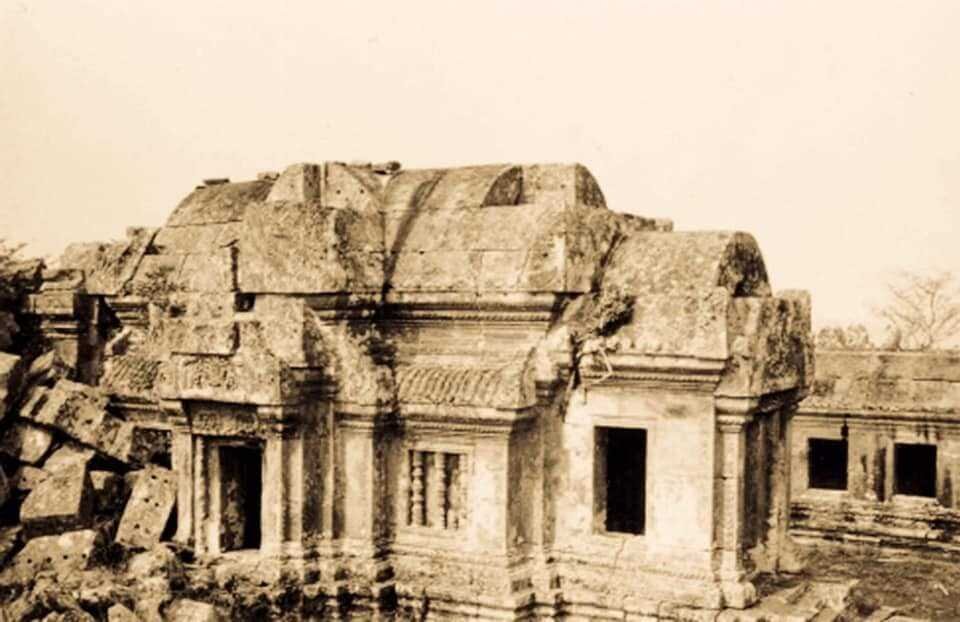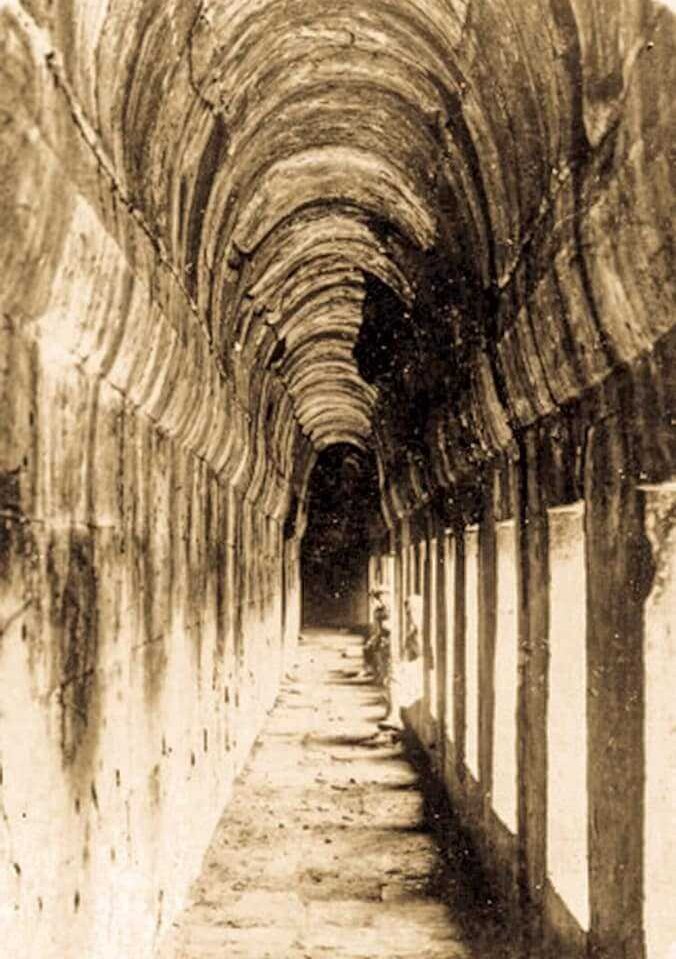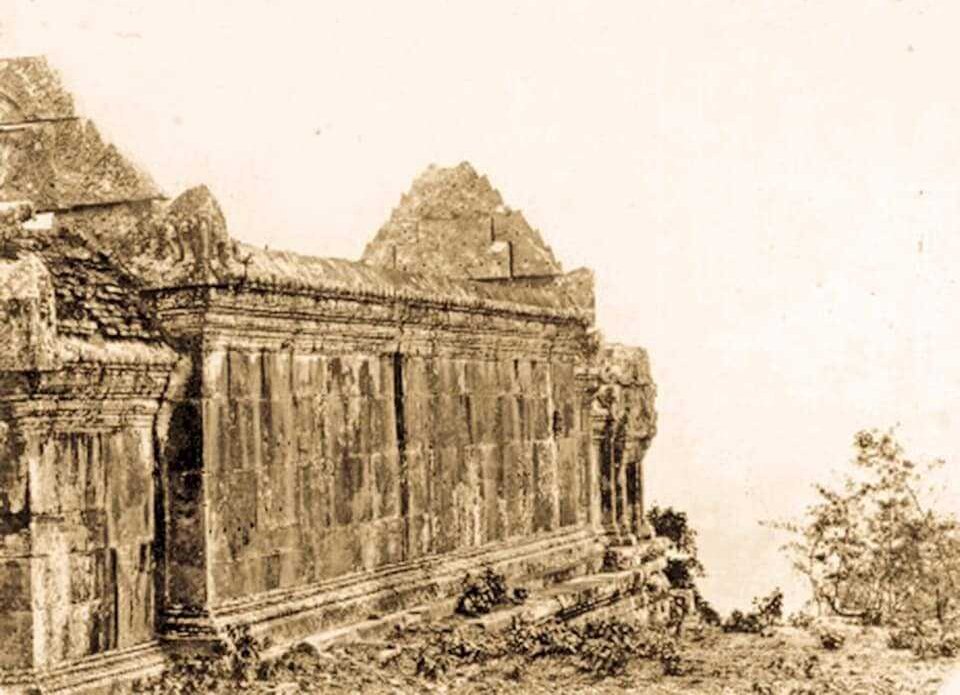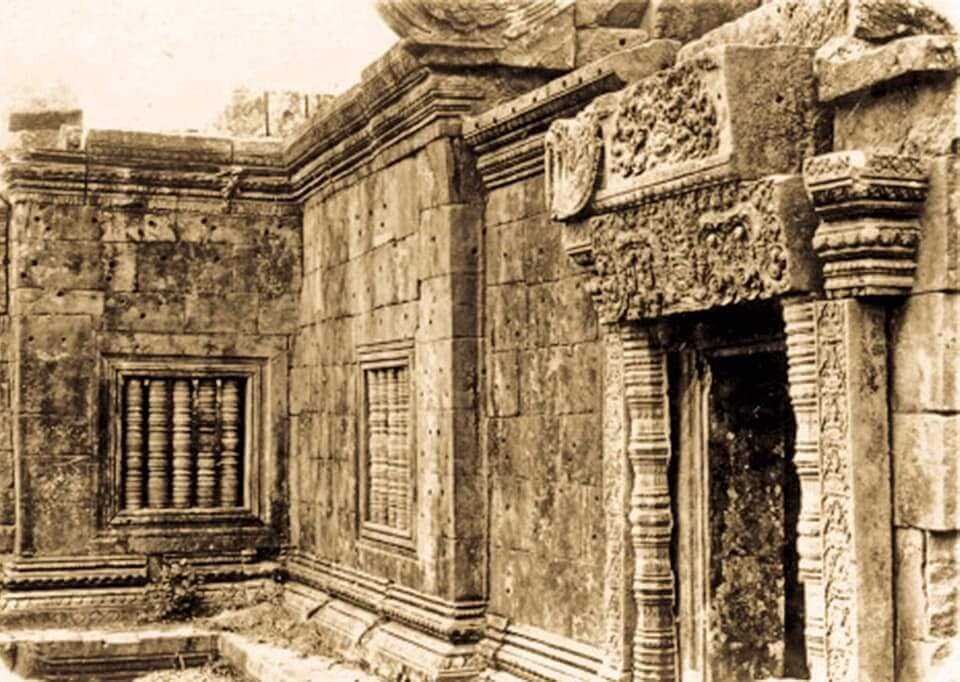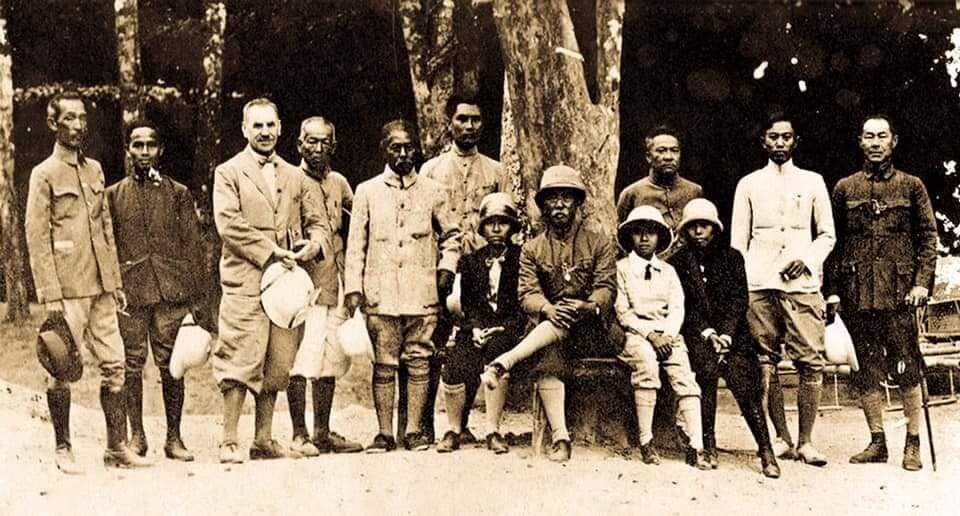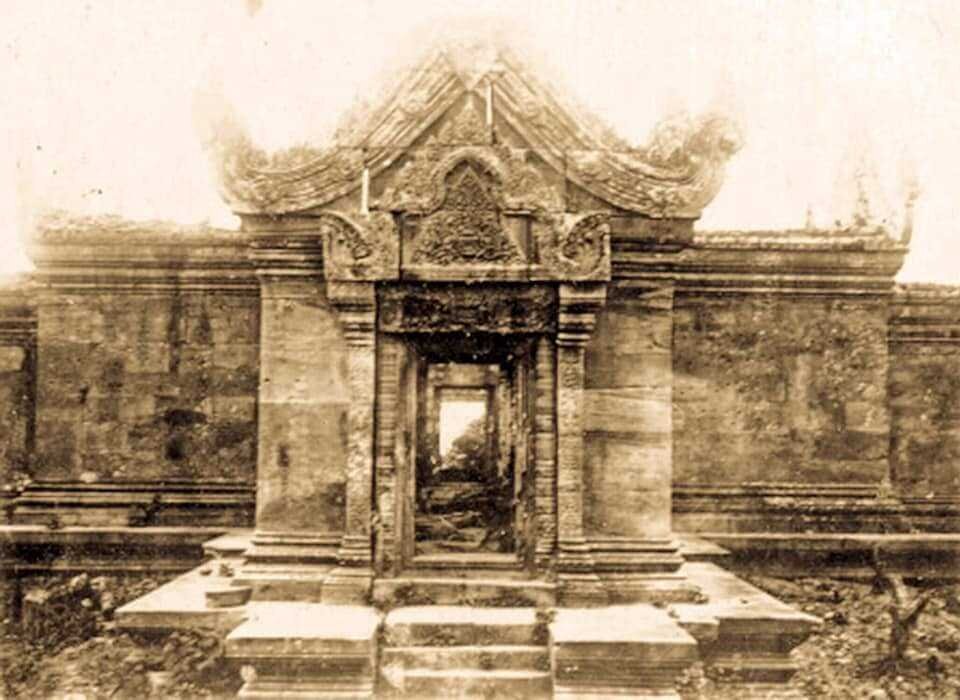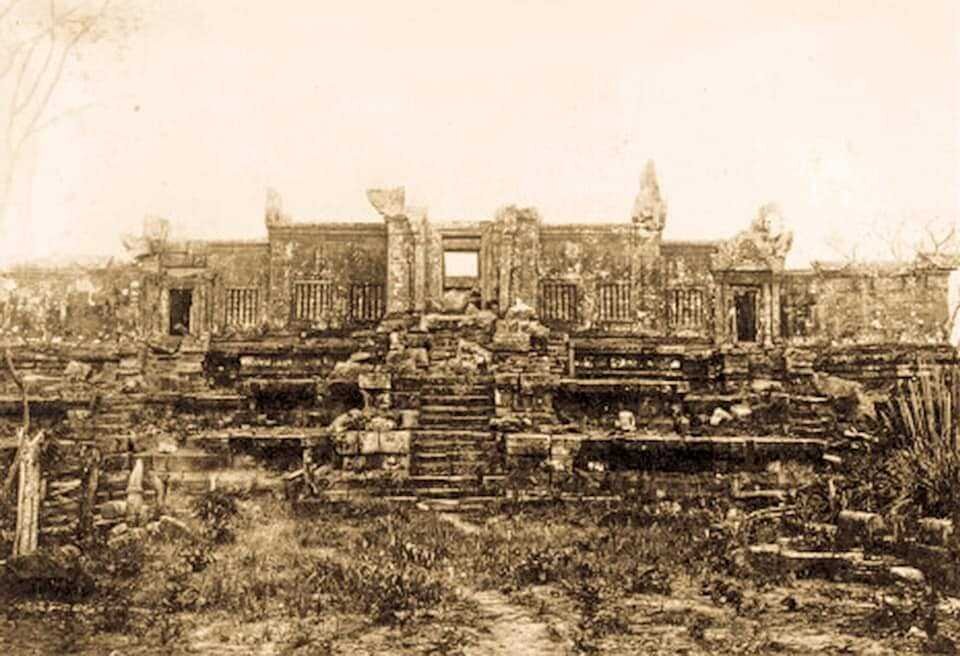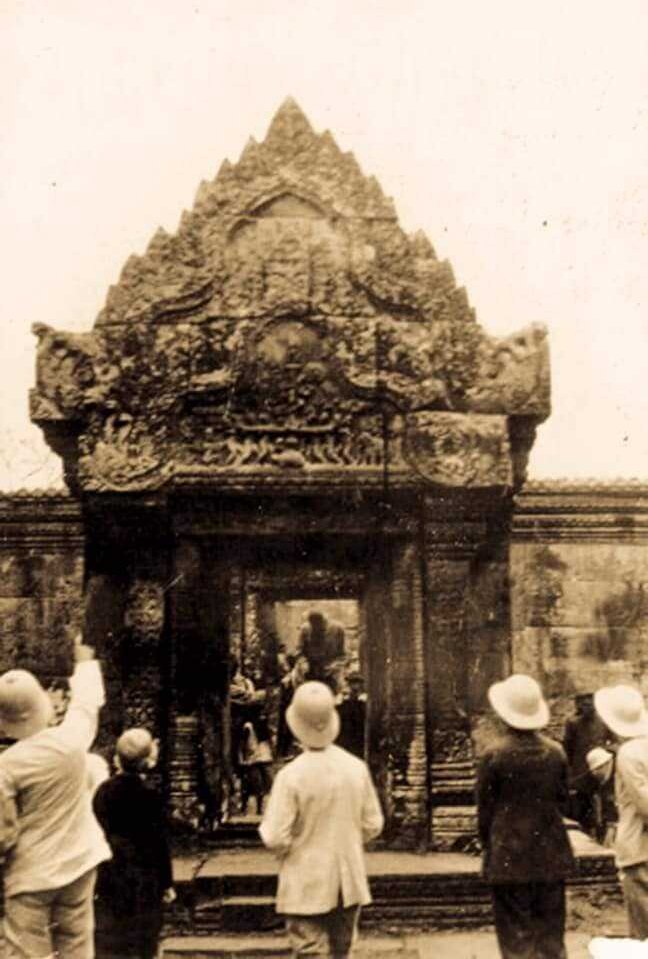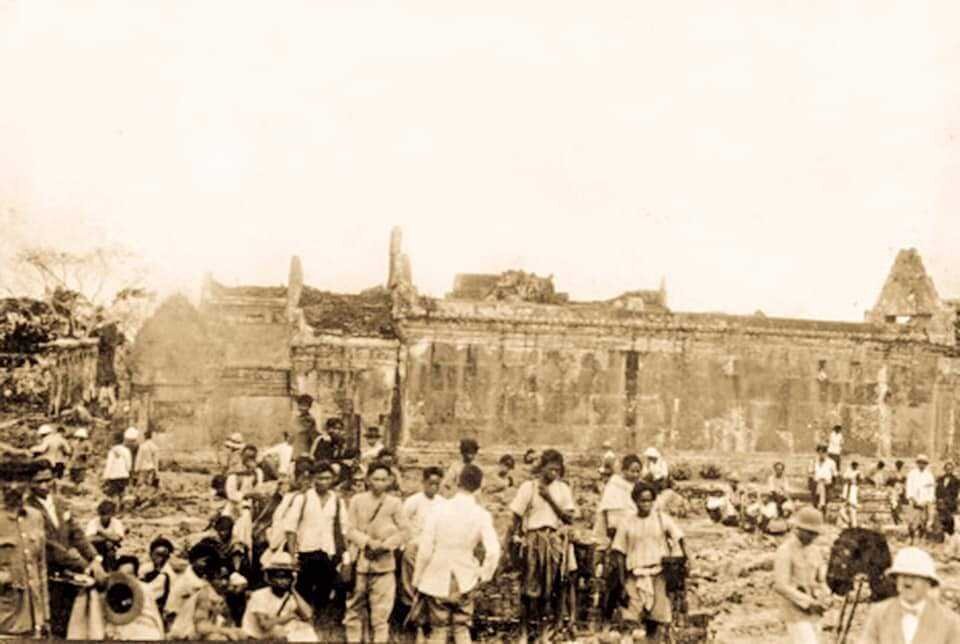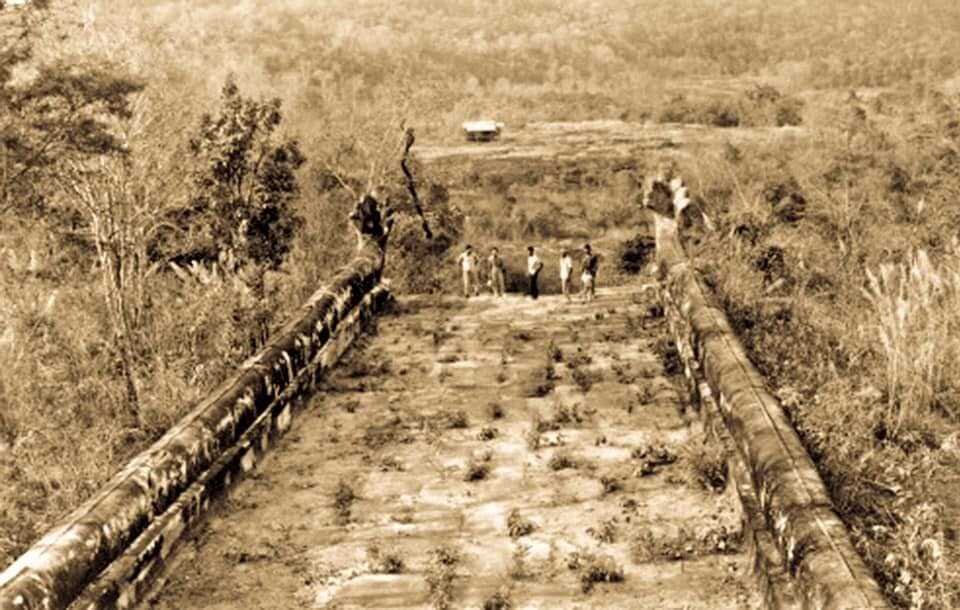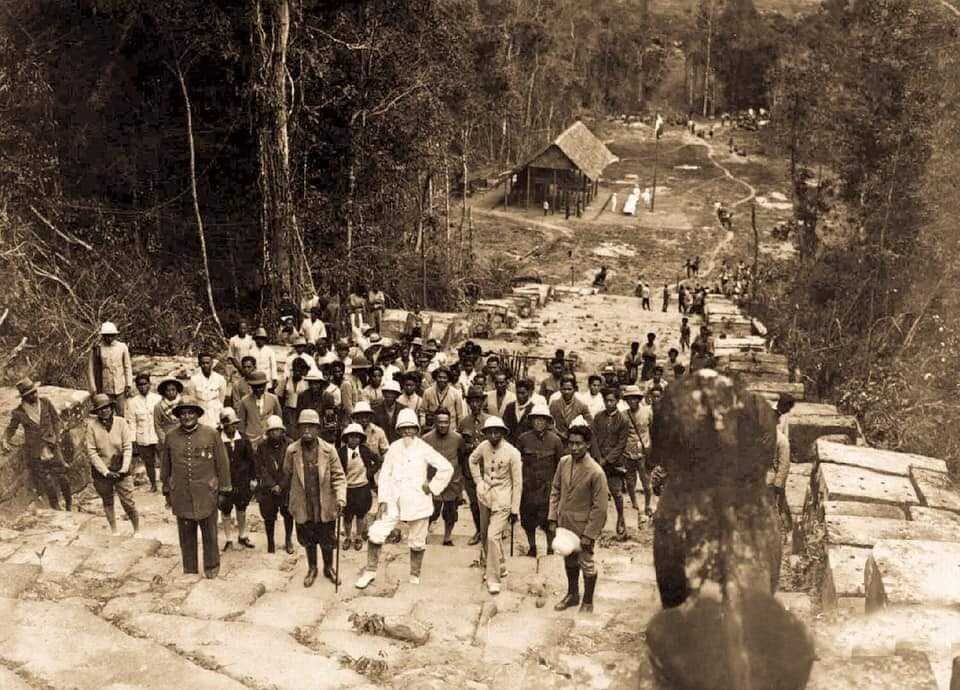Airavata, Ayravata, Airavana, Erawan
sk ऐरावत airāvata "belonging to Iravati" | kh អៃរាវតា aireavta | pali Erāvana | th เอราวัณ "Erawan".
Airavata is the divine elephant, characterized by four tusks, seven trunks and a white complexion, the main vehicle for Indra, the third son of Iravati, with Abhramu, his elephant wife, at his side.
In Cambodia, អៃរាវតា Airavata is generally represented with three heads, and he is one of the elephants supporting the four quarters of the world. The main elephant sanctuary in modern Cambodia bears the name of Airavata Foundation (Ratanakiri Province).
In Thailand, Erawan became the symbol of Bangkok during its foundation as the capital of the new Rattanakosin Kingdom. The three-headed white elephant was also an icon in the ancient Lao Kingdom of Lan Xang.

